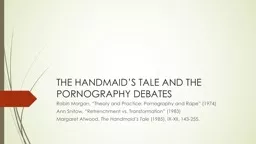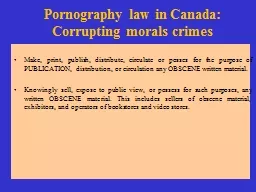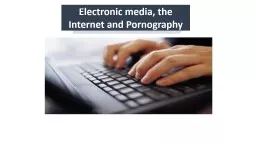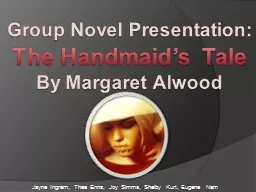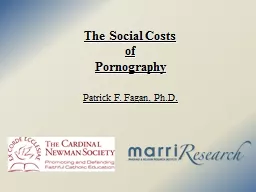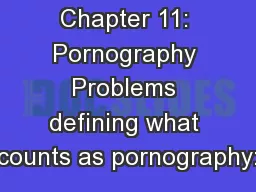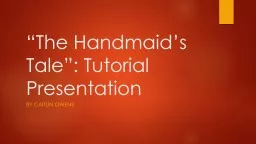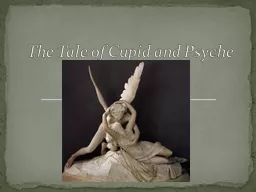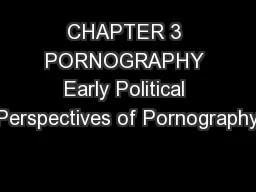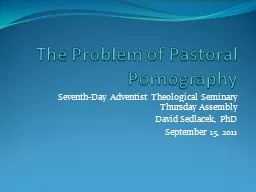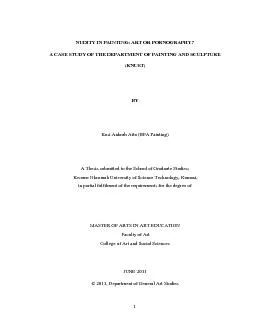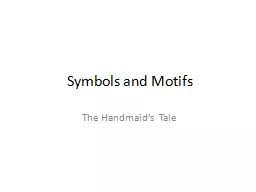PPT-THE HANDMAID’S TALE AND THE PORNOGRAPHY DEBATES
Author : tatyana-admore | Published Date : 2019-03-16
Robin Morgan Theory and Practice Pornography and Rape 1974 Ann Snitow Retrenchment vs Transformation 1983 Margaret Atwood The Handmaids Tale 1985 IXXII 143255
Presentation Embed Code
Download Presentation
Download Presentation The PPT/PDF document "THE HANDMAID’S TALE AND THE PORNOGRAPH..." is the property of its rightful owner. Permission is granted to download and print the materials on this website for personal, non-commercial use only, and to display it on your personal computer provided you do not modify the materials and that you retain all copyright notices contained in the materials. By downloading content from our website, you accept the terms of this agreement.
THE HANDMAID’S TALE AND THE PORNOGRAPHY DEBATES: Transcript
Download Rules Of Document
"THE HANDMAID’S TALE AND THE PORNOGRAPHY DEBATES"The content belongs to its owner. You may download and print it for personal use, without modification, and keep all copyright notices. By downloading, you agree to these terms.
Related Documents

